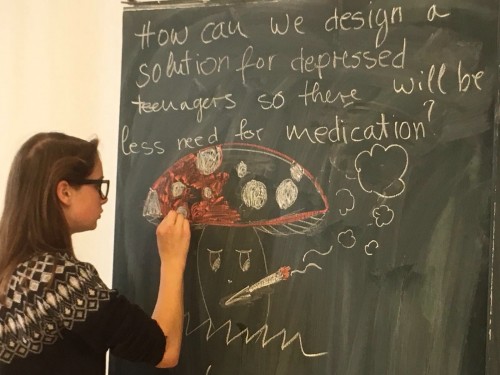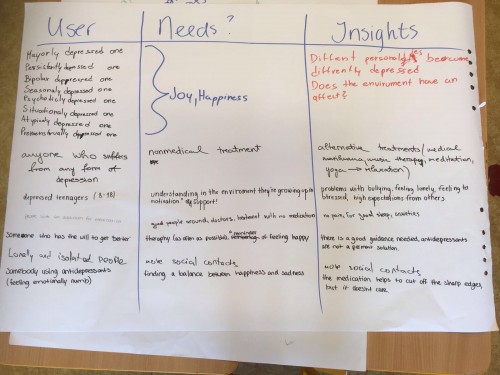Example
Imagine: you need to find a unique gift for your best friend’s birthday (problem), how can you ensure that your gift is the best and most unforgettable gift ever?
Firstly, you will need to put yourself in your friend’s shoes. You need to investigate the facts and circumstances: hobbies, age, living situation and consider his emotions: what does he love, what does he hate, what are his core values, motivators, etc. In this case, you can delve into your personal experiences with this person (risk: assumptions, preconceptions), but of course an interview with the person or his loved ones would be better. And of course you can also search the internet for inspiration. Once you know everything there is to know about this phase, you are “ready to define!”

